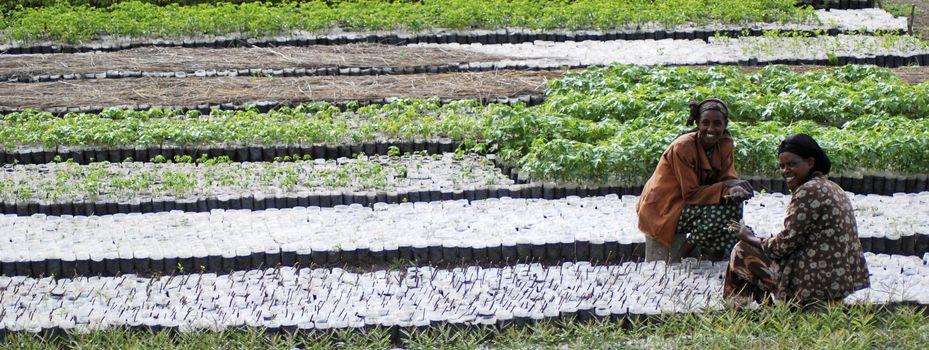Editor's Choice, November 2015: cut out the middle man? Why bother if you can secure good seed instead
I have long seen agribusiness as an arena with high potential but weak performance to date within inclusive business. I’m beginning to change my mind about the lack of performance. This month’s Editor’s Choice, ‘Smallholder Farmers and Business’ - by Hystra is one reason why, as is last month’s Editor’s Choice from the African Enterprise Challenge Fund.
As both reports make clear, models are emerging that deliver results, both for smallholders and commercial success. And we are beginning to see which models fare best within agriculture.
Models that deliver: in Smallholder Farmers and Business, Hystra find that business models focused on increasing productivity – improved seed, hybrid cows, fertiliser, and irrigation - generate the strongest results. They create more value than strategies to shift roles in the value chain (technically called ‘value chain disintermediation’ and otherwise known as cutting out the middleman) or premium pricing.
Their impact case for focusing on technologies that boost yield is two-pronged. Firstly, it can be shown to work: seeds can improve yields by 50%, cross breeding cows can double or triple milk yields, and basic irrigation can double a field’s productivity. Secondly, such improvements create momentum for the farmer, rather than leave them dependent on someone else’s intervention to manage price premiums or do marketing. Overall, the productivity-enhancing technologies reported in the report were able to increase farmer incomes by 80-140% in one year, while interventions focused on redistributing value in the chain brought 20-60% extra income to farmers.
The business case is equally clear: sellers of inputs and equipment grew their client base by 3 to 5 times, compared to targeting only larger farmers. Those buying produce increased their net margins by 2-24%.
One major reason why I like this report is it provides data, drawing on intensive study of 15 examples. A second is that it avoids mushy averages, and illustrates ranges and differences. Not only are different models compared, but for each model, different cases are compared, showing just how variable results are. Results are also differentiated for very small, small and medium smallholders. Each of these benefit, but the largest benefits, in cash and percentage terms, accrue to small farmers (with approx 2 acres / 2 cows).
The report’s conclusion on the importance of productivity-boosting technology is finding number 2, of 13 findings. The other dozen are also interesting and convincing. The diagram below summarises them all, so here I pick out just two more, both critical for agri-businesses.
Risk: we all know farmers’ uptake of improved agricultural practice is slow. But why? Hystra’s analysis says it is not due to the initial investment cost, nor the expected return. Farmers’ assessment of risk depends on whether their decision to change is easily reversible or not. That is the kind of insight that hits you over the head with a whack of common sense. But it has profound implications for extension practice. I’ve seen BRAC and Yara adopting a ‘One Step’ approach with poor farmers, encouraging them to apply improved crop nutrition to just 1 acre at a time, one step each season. Hystra’s reasoning is that such an approach is critical.
Loyalty: side-selling, side-selling, side-selling. Problems 1, 2, and 3 for most agribusinesses that are both investing in farmers and buying from them. This report dissects what drives farmers’ loyalty, why some default or leave, and how well-crafted schemes can build loyalty over time.
Smallholder Farmers and Business is based on several months of research, which began with a scan of 270 initiatatives working with smallholders. Those that were too small or grant-dependent were excluded, and the rest clustered into categories, for which the 15 case studies represent the most innovative, successful and sustainable. The appendix covers all fifteen in a few information-packed pages each. Each of these on its own is a valuable resource.
For the rest of the findings, enjoy this summary diagram and enjoy digging into the full report (60 pages main report and 100+ pages appendix) with a strongly recommended 2 page executive summary.

Further information
October Editor’s Choice was on the AECF 2014 Impact Report, which also covers agribusiness models:
This blog is a part of the November 2015 series on Gender and Inclusive Business, which includes analysis, interviews and projects on how inclusive business is tackling gender inequality around the world. Join the discussion.
